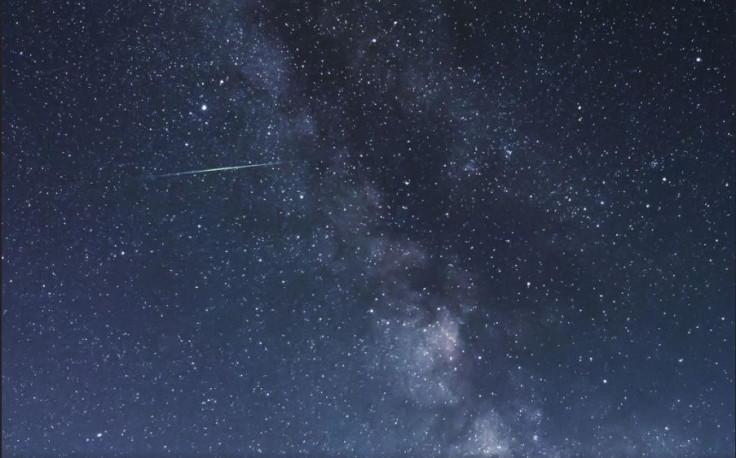Eta Aquariids 2017 in Australia: Five fast facts about the major meteor shower that peaks in May

The Eta Aquariids/Eta Aquarids (ETA) is the next major meteor shower to watch out for after the Lyrid meteor shower 2017. It will peak on May 6 in Australia as well as in the US. Read on to learn more about it.
Five fast facts about the Eta Aquariids 2017 in Australia.
1. The Eta Aquarids meteor shower is active from April 19 to May 28, 2017.
While the Eta Aquarids is currently active in April, it is expected to peak on May 6 in 2017. According to Space.com, some of the meteors may even be visible between April 22 and May 20.
2. There should be about 10 to 50 meteors per hour during the Eta Aquariids, depending on the area you're viewing it from.
EarthSky reports that in mid-northern latitudes, there could only be about 10 meteors per hour that can be seen in a dark sky. However, in southern latitudes, the Eta Aquarids can produce up to 20-40 meteors per hour. In the hours before dawn, it could even produce up to 40 or 50 meteors per hour.
3. Expect to see the Eta Aquarids meteors at 2 am Universal Time (UT).
Australian Geographic reports that the forecast maximum for the ETA is on May 6 at 2 am UT. In Australia, particularly in the areas of Queensland (QLD), New South Wales (NSW), Australian Capital Territory (ACT), Victoria (Vic) and Tasmania (Tas), it is expected to happen at 12 pm Australian Eastern Standard Time (AEST). Meanwhile, it is expected to occur in Western Australia (WA) at 10 am Australian Western Standard Time (AWST). In the US, the 2017 Eta Aquarids will peak before dawn.
The 2017 Eta Aquariid meteor shower is also expected to produce a lot of meteors before dawn on May 5. Aside from this date, expect to see some meteors during the predawn hours of May 4 and May 7.
4. The radiant of the ETA is Eta Aquarii.
Eta Aquarii is one of the brightest stars in the constellation Aquarius the Water Bearer. This is where the Eta Aquariids got its name from. It is located in the northern part of Aquarius, around the constellation's Water Jar. The Eta Aquarii soars highest just before dawn.
5. The Eta Aquariid meteor shower comes from Halley’s Comet.
It is an annual shower that is produced when Earth passes through the Comet 1P/Halley's debris. It is stronger than its sister shower, the Orionids, which peaks on Oct. 21. Stargazers are in for a treat because aside from the spectacular meteor shower, they can also see the beauty of both Mercury and Venus during this time.
Watch: 2016 Eta Aquarid Meteor Shower
Watch: Eta Aquariids Meteor Shower 2016
nothingtoknow264/YouTubeREAD MORE RELATED STORIES:
Lyrid meteor shower 2017 in Australia: Four things to know about the April Lyrids [VIDEO]





















